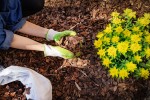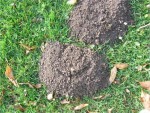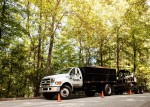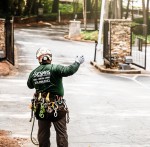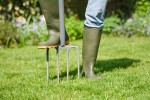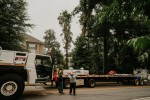Ganoderma Root Rot Treatment
Even if you have never heard of Ganoderma, its odd name is probably enough to trigger red flags. In fact, Ganoderma is a type of fungus that can slowly rot and deteriorate your tree. Luckily, there are early signs that indicate Ganoderma has started its attack on your tree. Because Ganoderma can deteriorate the roots and trunk of the tree, there is a chance of the tree falling and causing property damage, injury, or worse. Call Sesmas Tree Service if you suspect your trees are infected. We are happy to run an assessment and apply treatment. Contact us today to get in touch with a friendly representative.
What Is Ganoderma?
Ganoderma is a fungus that usually develops at the base of the trunk of the tree. It thrives in humid environments and reproduces by airborne spores. New spores are dispersed throughout the summer during humid periods and infect open wounds of susceptible trees. Upon infecting main or lateral roots, the fungus develops a whitish mat under the bark, which later turns brown. The Ganoderma moves up toward the trunk to develop ribbon-like structures that form into the recognizable semicircle “conks” or shelf-like brackets at or around the base of the tree. These conks release new spores and the process repeats.
What’s the Problem?
You may have heard of Ganoderma as Reishi, a popular Eastern medicine claimed to have benefits for the immune system. However, it is nothing but bad news when it comes to your trees.
Ganoderma is a fungus that usually develops at the base of the trunk of the tree. They form “conks,” or semicircle shelves, up to 14 inches wide. However, they attack the lower heartwood and damage the structural integrity of the tree, usually resulting in windthrow. Ganoderma root rot is a devastating disease that afflicts a number of deciduous trees including maples, oaks, honeylocusts, ashes, elms, and some conifers among others.
Ganoderma root rot can significantly increase the risk of a tree falling on your house, personal property, or passersby. Call Sesmas Tree Service to get assistance on dealing with a Ganoderma infestation. Catching the signs of a Ganoderma infection early on is key if you want your trees to live a solid life.
Control and Treatment of Ganoderma
If you have spotted the “conks” or fan-like mushrooms around the base or roots of your tree, then it is very likely too late to do anything. At that point, the fungus will have progressed too far and damaged the structural integrity of the tree. You should probably inspect the tree for signs of breakage and leaning and call Sesmas Tree Service to consult with an ISA-certified arborist.
However, with commitment and vigilance, you can prevent future infections:
- Proper planning: Choose appropriate species and cultivar to match the right tree for the site.
- Proper tree maintenance: Future planting, fertilizing, watering, pruning, etc. will determine the health and vigor of any tree going forward. Remember to sanitize your gardening tools!
- Avoid damage to tree trunks and roots: Even small wounds from mowers and trimmers can allow infection by fungi. Avoid damaging all deciduous trees, both young and old.
Call Sesmas Tree Service if would like to consider some of our maintenance services.


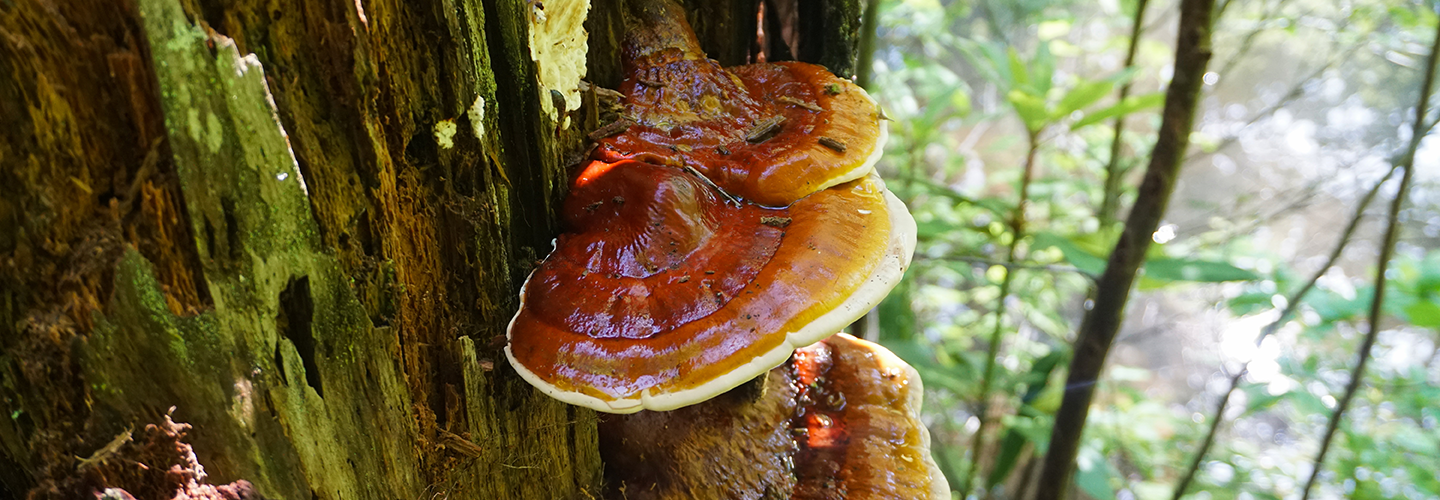
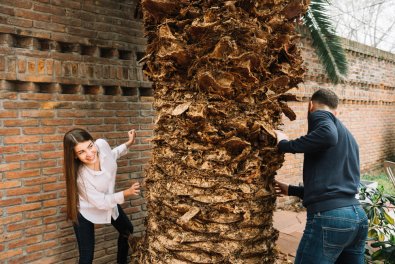
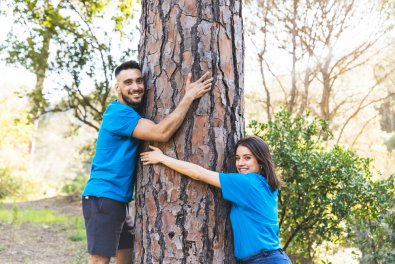
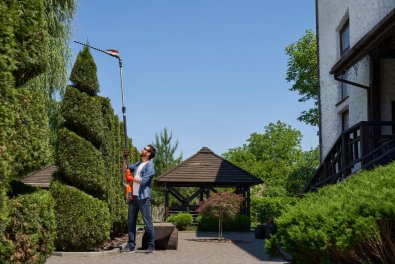
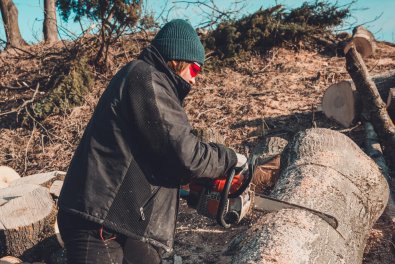
.jpg)
